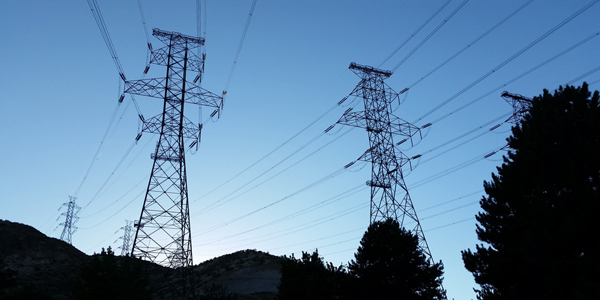By Jason Fordney
CAISO’s first-quarter revenues were $1.2 million more than it had budgeted, primarily because of entrance fees it collected for the Western Energy Imbalance Market, the ISO reported last week.
About $1.6 million in EIM entrance fees were partially offset by grid management charge (GMC) revenues that were $400,000 less than budgeted. CAISO did not specify from whom it had collected the EIM fees, but Idaho Power and Canadian power marketer Powerex both began transacting in the market last month. (See Idaho Power, Powerex Begin Trading in Western EIM.)
The ISO’s operating costs, capital expenditures, debt service and an operating reserve are recovered through the GMC. Most charges other than the GMC collected by the ISO are distributed to the appropriate market participants.
CAISO “monitors changes in GMC revenues and will adjust rates, if necessary, to align actual GMC revenues closer to budget, as required by the Tariff,” the ISO said in its first-quarter report.
Total market settlement transactions collected by the ISO were about $4 billion last year, including about $3.8 billion in market settlements and $200 million collected through the GMC, according to the ISO’s continuing disclosure report posted May 22. This compared with $3.4 billion in settlements and GMCs collected in 2016.
CAISO reported audited operating income of $26 million for the year, compared with $14 million in 2016. Operating expenses were at $195 million, “other expenses” were $5 million and operating revenues were $221 million.
The ISO in February had reported unaudited operating income of $47.4 million for 2017. (See CAISO Sees 2017 Revenue Boost.) The new operating income figure of $26 million includes depreciation and amortization of about $29 million.
Each year, CAISO establishes a revenue requirement that is allocated to the three GMC service categories: market services, system operations and congestion revenue rights services. Other financial collections come from EIM participants, generator interconnection studies and for operation of the California-Oregon Intertie.
The two largest of the 160 participants in the market, Pacific Gas and Electric and Southern California Edison, paid a little more than half of GMC revenue in 2017. The 10 largest participants were responsible for about 75% of the charge and the top 25 participants paid 89%. These levels have remained about the same since 2015.
Operating expenses last year included $118 million in salaries and benefits, $20 million in communications and technology costs, $18 million legal and consulting and $12 million in leases, facilities and administrative costs.
The ISO increased its number of full-time employees to 599 in 2017 from 584 in 2016.




